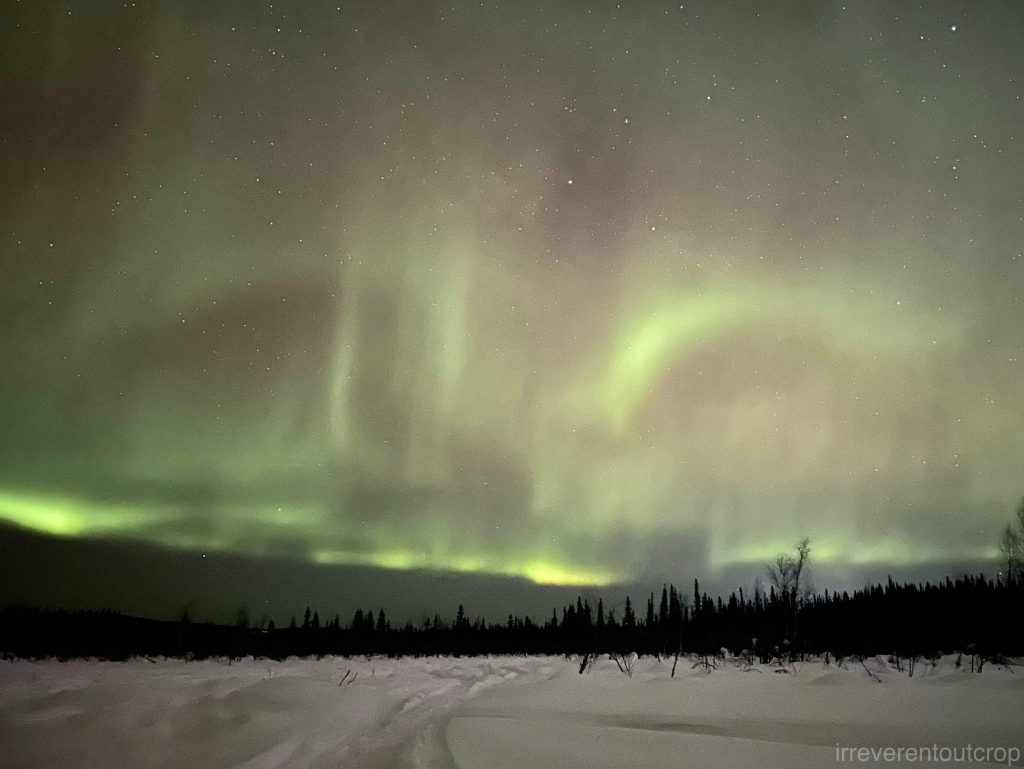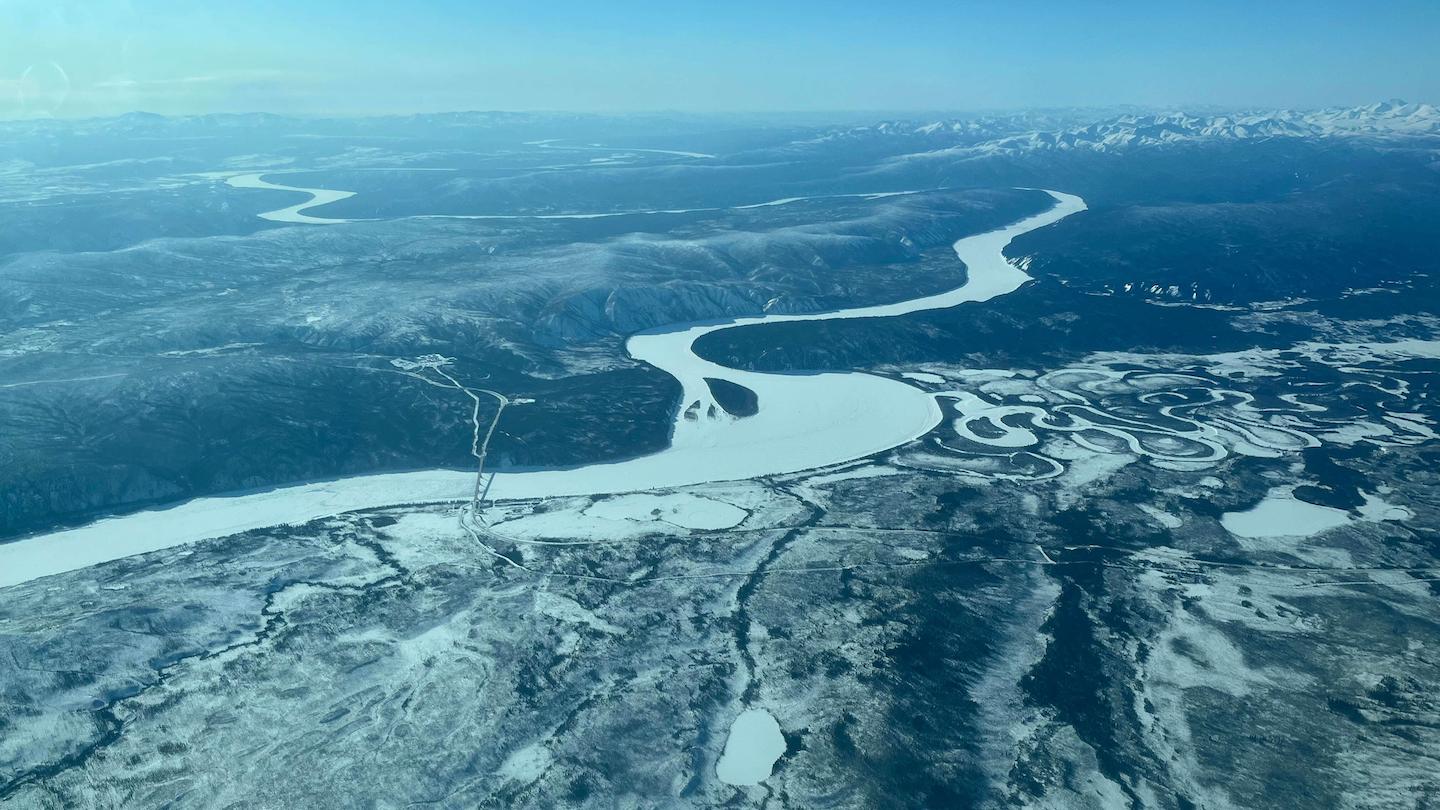In the winter of 2023, we traveled to the northernmost mountain range of the North American continent—the Brooks Range. The heart of this range lies within Gates of the Arctic National Park in Alaska.
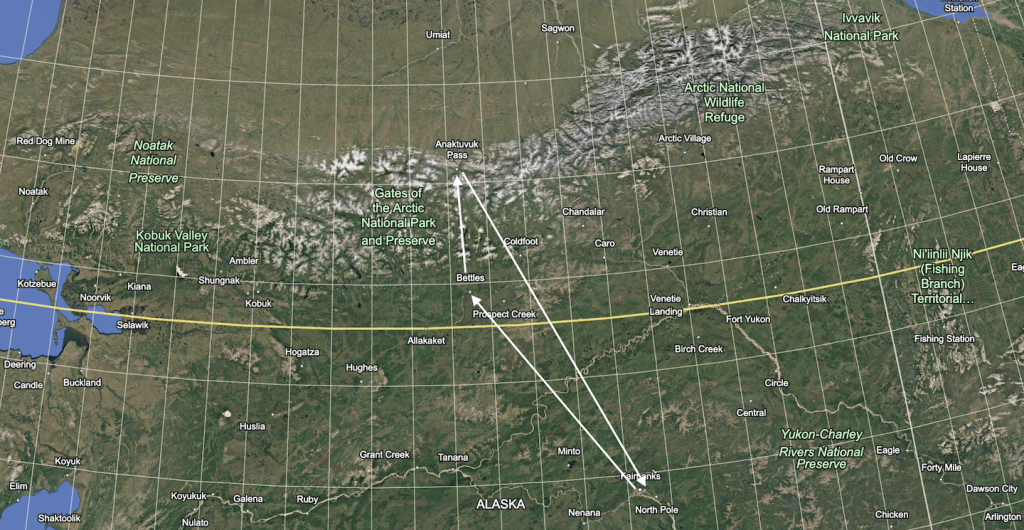
1. Fairbanks to Bettles
On the day of departure, the temperature was still below freezing, but the sky was perfectly clear. We flew with Wright Air Service, departing from a small airstrip at Fairbanks Airport, separate from the main terminal. Most of the passengers in the waiting area were local families, chatting in their native languages, creating a cheerful and lively atmosphere.
Wright Air Service’s website wasn’t particularly up-to-date, so I called them directly to check the schedule and prices. The customer service lady was very patient and even mentioned that she had flown this route herself. She confirmed that the scenery was indeed spectacular—one of the most stunning among all their routes.
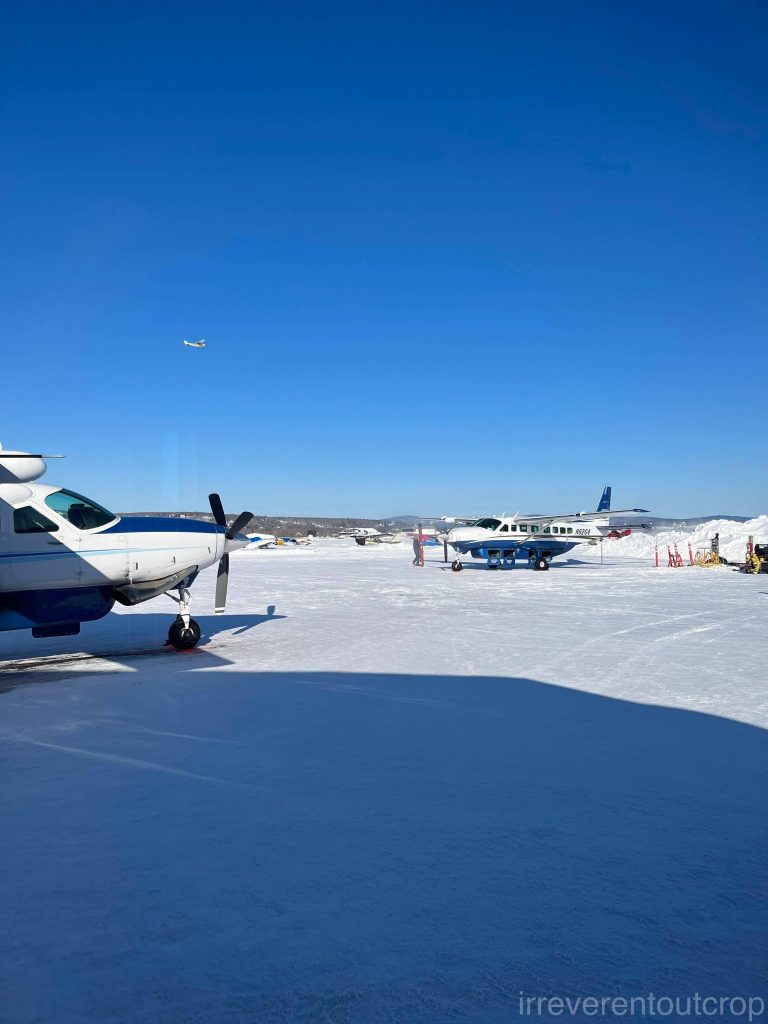
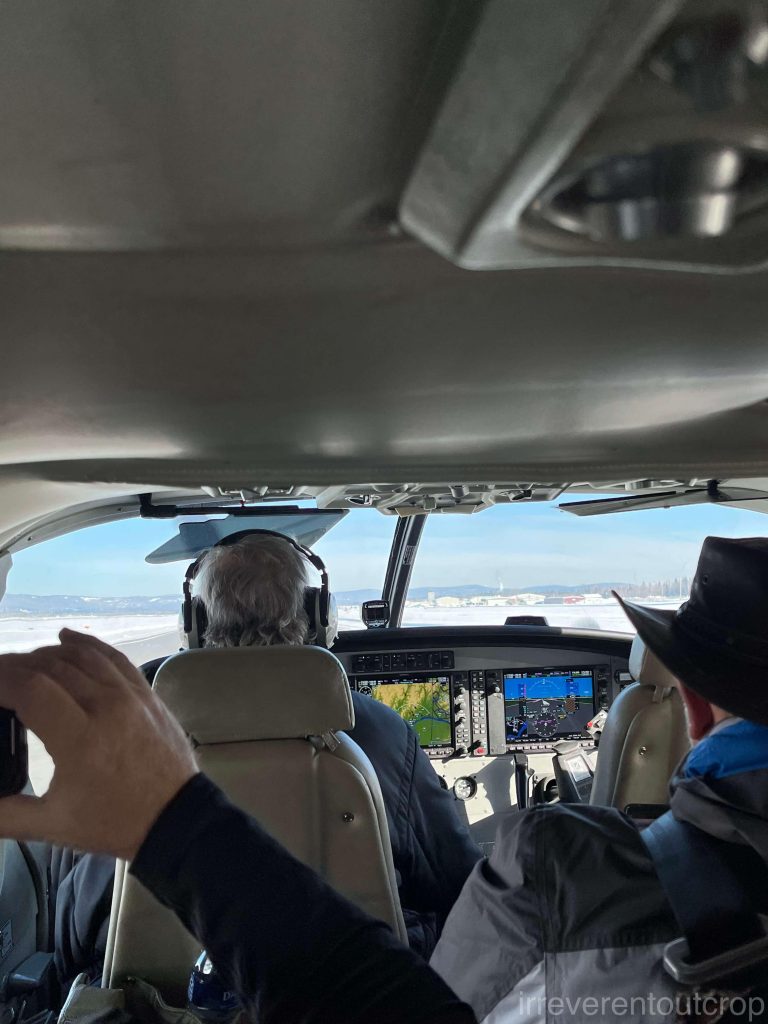
The highlight of the first leg between Fairbanks and Bettles was undoubtedly the Yukon River.
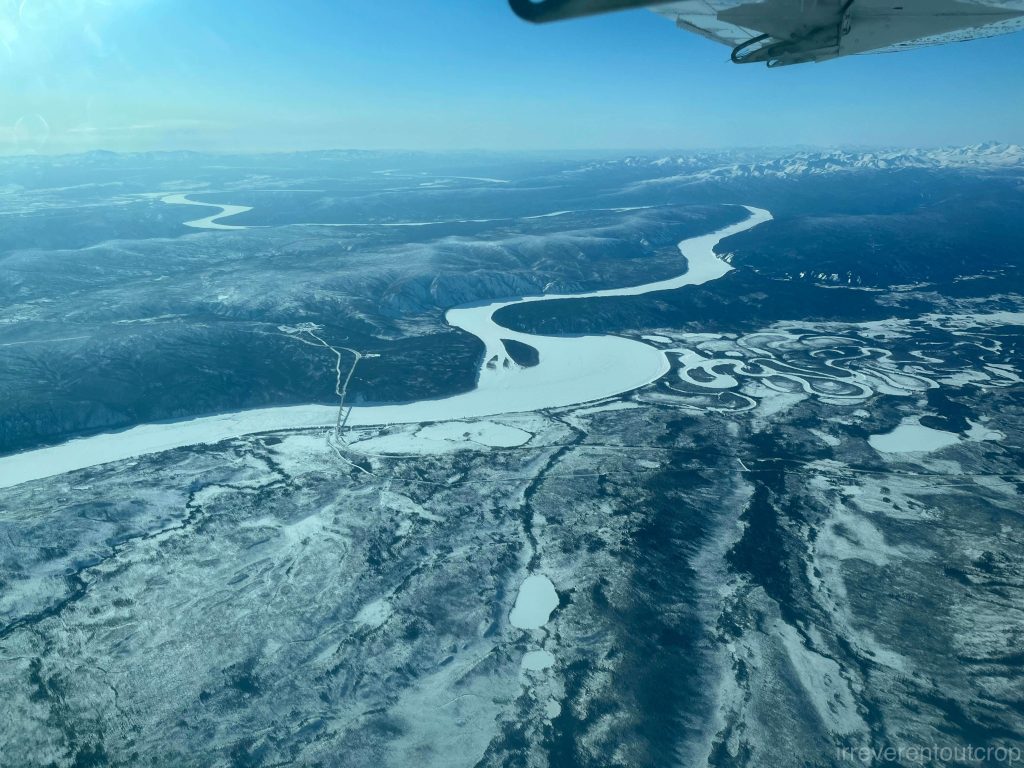
The Yukon River stretches over 3,000 km (~2,000 mi), originating in Canada and flowing through the entire Alaska from east to west before emptying into the Bering Sea. The area we flew over is in the midstream section of the river. The Yukon passes through many Native Alaskan villages, and when the river freezes in the winter, it naturally becomes a prime route for dog sledding and snowmobiles.
Arriving in Bettles, located at 66.9°N, we found ourselves just north of the Arctic Circle (66.5°N). We had some time to explore the area briefly. Aside from the airport, the small town consists of a few homes, a National Park visitor center, and a cozy lodge called Bettles Lodge.
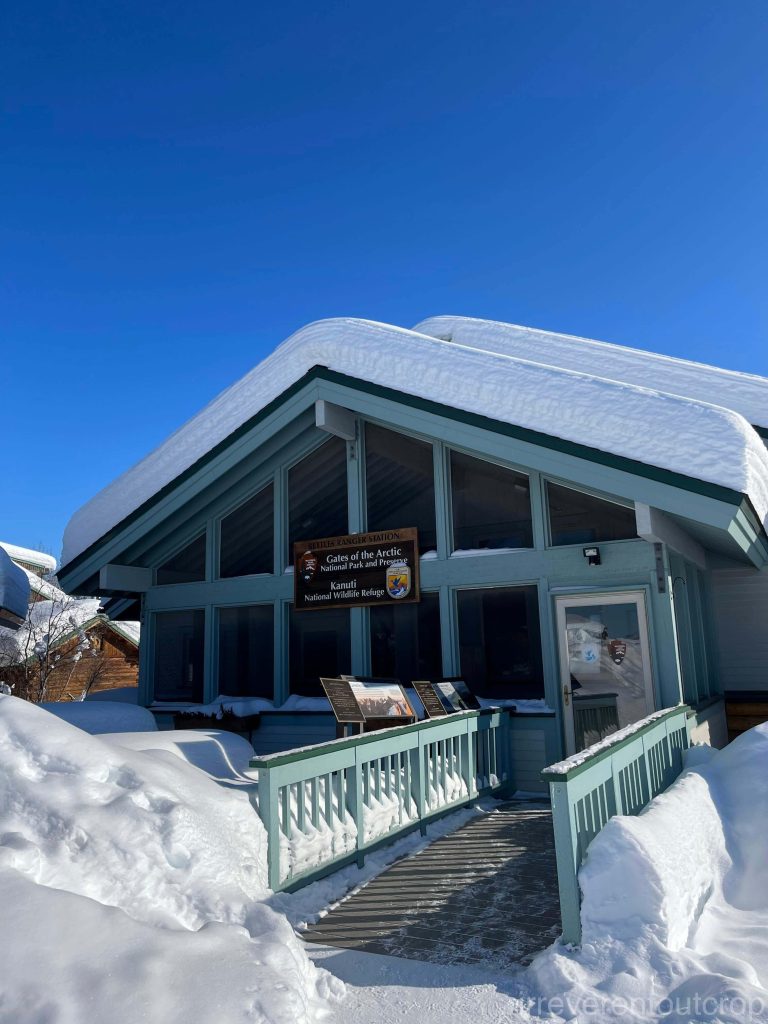
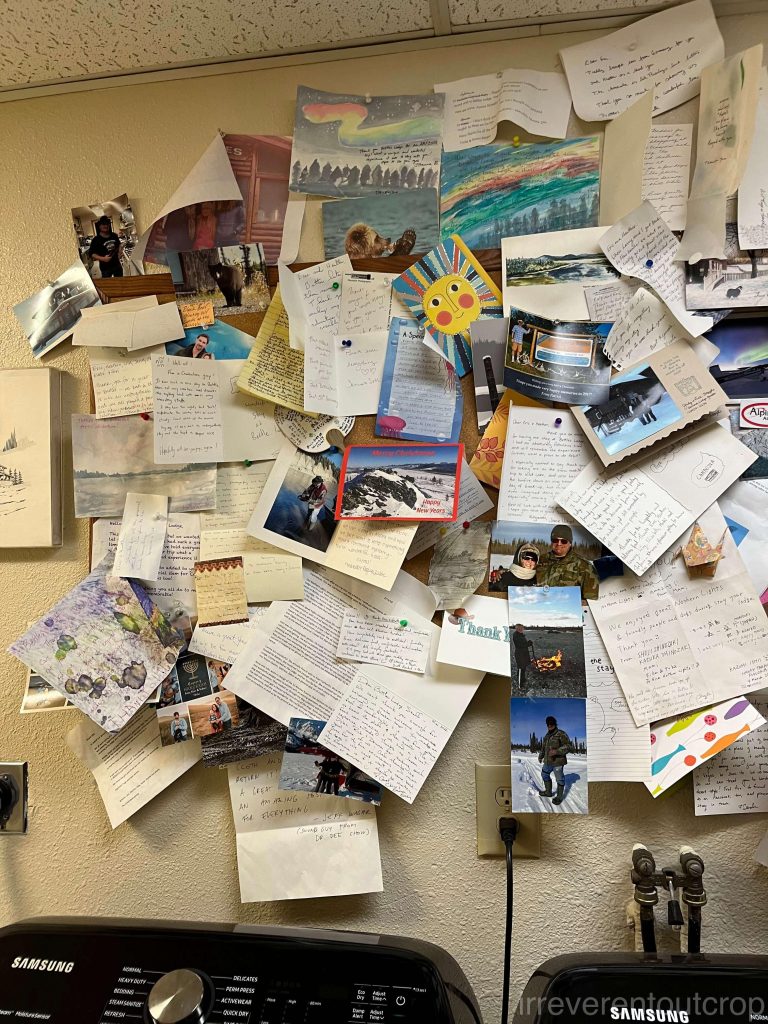
2. Bettles to Anaktuvuk Pass
The other six middle-aged passengers on our flight got off the plane, likely to join a tour at Bettles Lodge. After a new elderly passenger boarded, we took off again toward Anaktuvuk Pass. With fewer passengers, we had more space to stretch out and relax.
The view outside the window shifted from alluvial plains to a vast range of mountains shortly after takeoff—this is the Brooks Range, the northernmost mountain range on the North American continent.
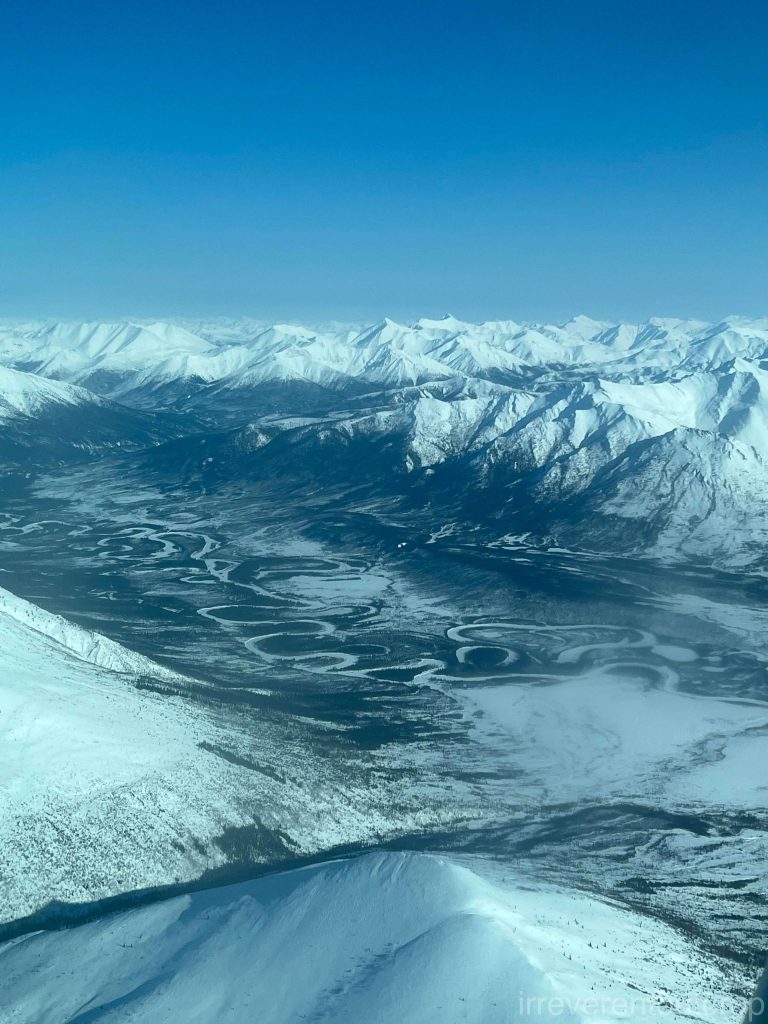
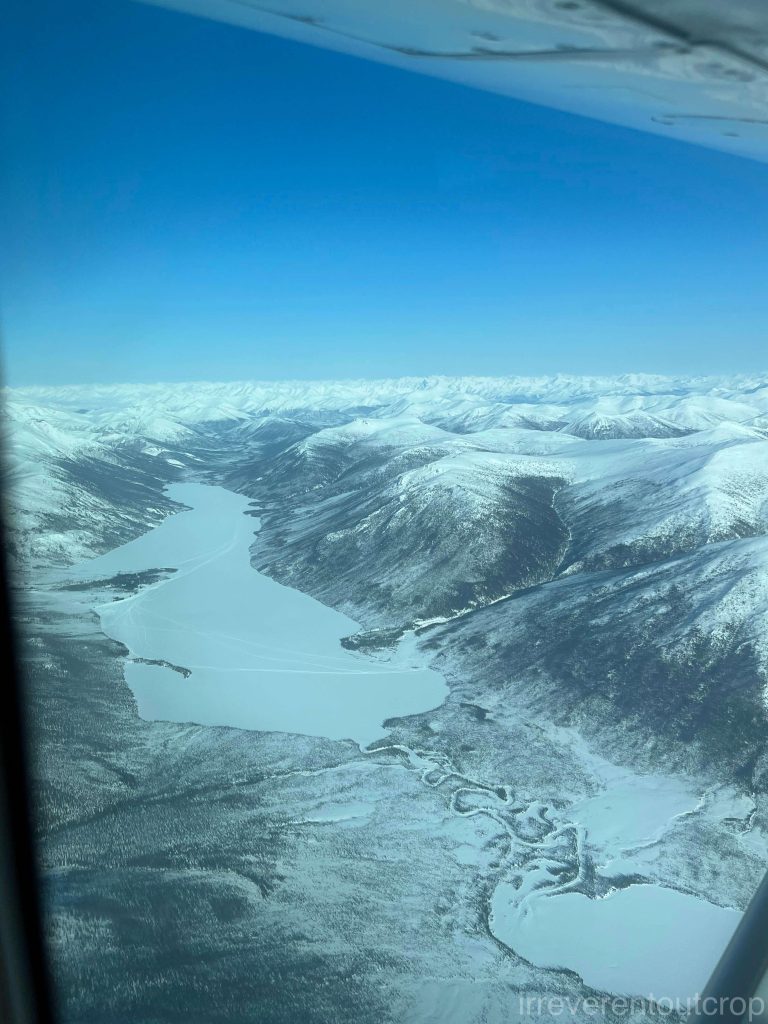
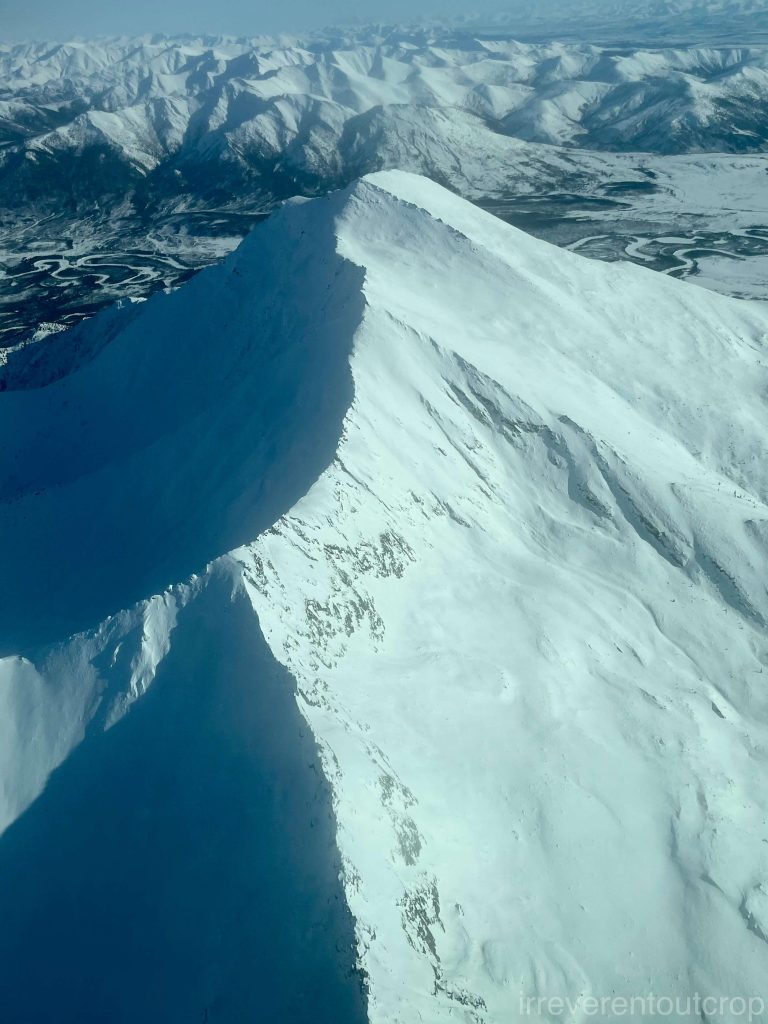
The place names around here seem quite casual—Wild Lake, John River… I imagine the local Native Alaskan languages must have had their own names for these places, but most of them haven’t been shared outside their cultural circles.
When we flew over the Wild Lake, the elderly gentleman next to us suddenly spoke up. He mentioned that amphibious planes can fly directly to the lake and land on the water in the summer. Since he had started the conversation, I took the opportunity to ask him a few more questions. It turned out he was the mayor of Bettles and had also served as a priest there. He was on his way to Fairbanks to live with his son.
Despite the cold, he was dressed surprisingly lightly. It was quite impressive.
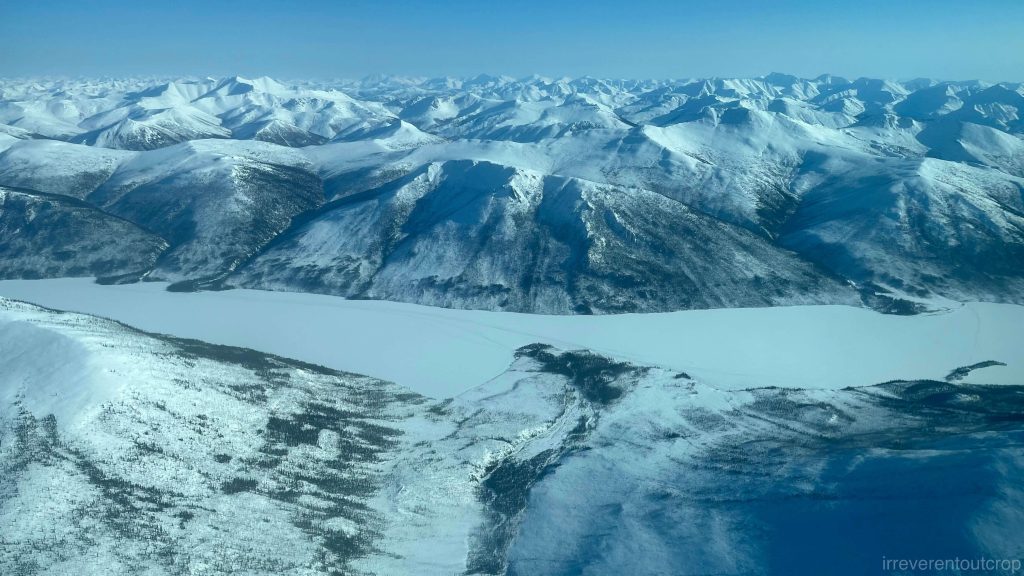
Our plane entered the heart of the Brooks Range after passing over Wild Lake. Gates of the Arctic National Park truly lives up to its name, with endless snow-covered mountains stretching as far as the eye can see—an incredibly breathtaking sight. Given that the mountains here are primarily shaped by glacial erosion, combined with the snow and the interplay of light and shadow, all the peaks appear especially sharp and jagged.
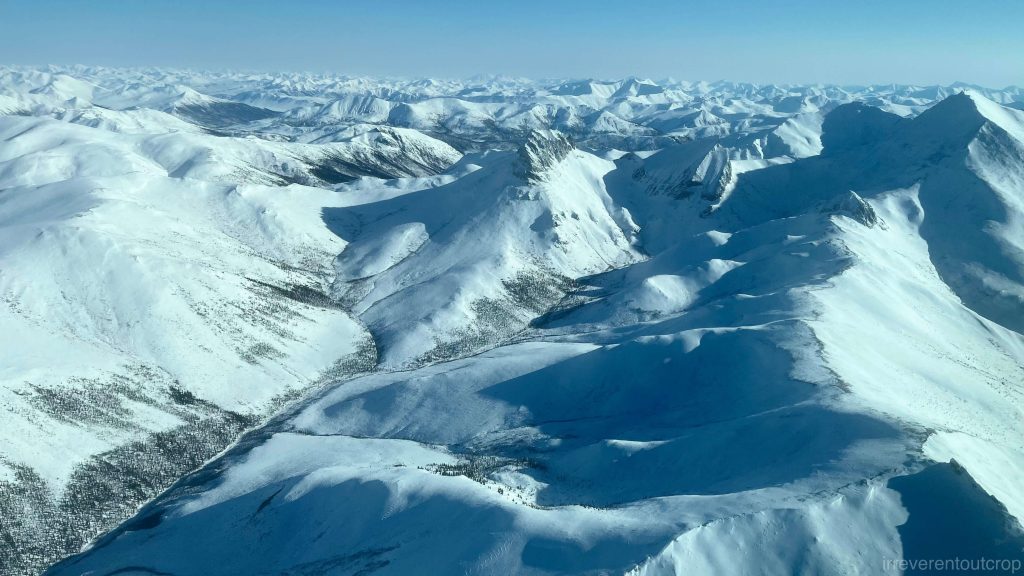
Soon after, we crossed the watershed and reached the northern slopes of the Brooks Range. While the landscape still appeared blanketed in snow, we had actually entered a completely different world. From a natural perspective, flying over the Brooks Range meant leaving the Yukon River’s basin and entering the Arctic Ocean drainage system. The Yukon River flows into the Bering Sea, so technically speaking, it still belongs to the Pacific drainage system.
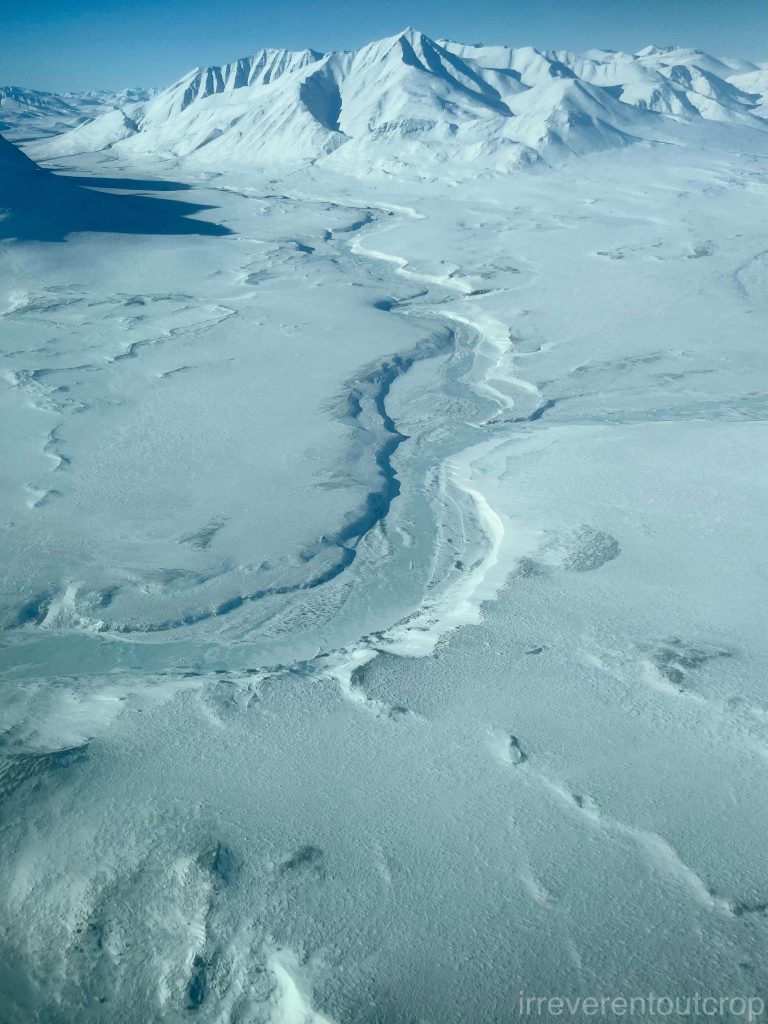
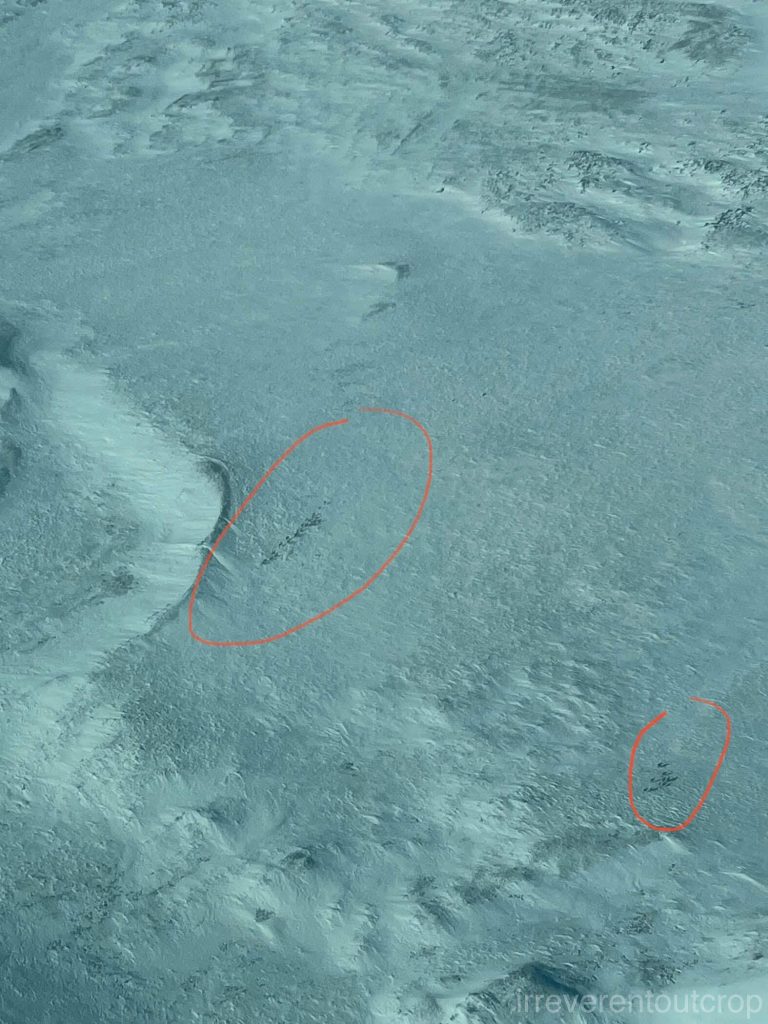

Culturally, the northern slopes of the Brooks Range are home to the Inupiat people, an Inuit group who speak the Inupiat language. Their language belongs to a completely different language family from the Athabaskan languages spoken by Native Alaskans in the southern interior regions of the mountains.
When we arrived at Anaktuvuk Pass Airport, we had a little over half an hour to spare, so we wandered around. Unfortunately, there wasn’t enough time to explore the town, and even if there had been, the snow was reportedly so deep and uncleared that walking far would have been nearly impossible. This small town has about 400 people, almost all of whom are Inupiat.
I checked the compass—68.1°N! This was definitely the northernmost place I’ve ever been.
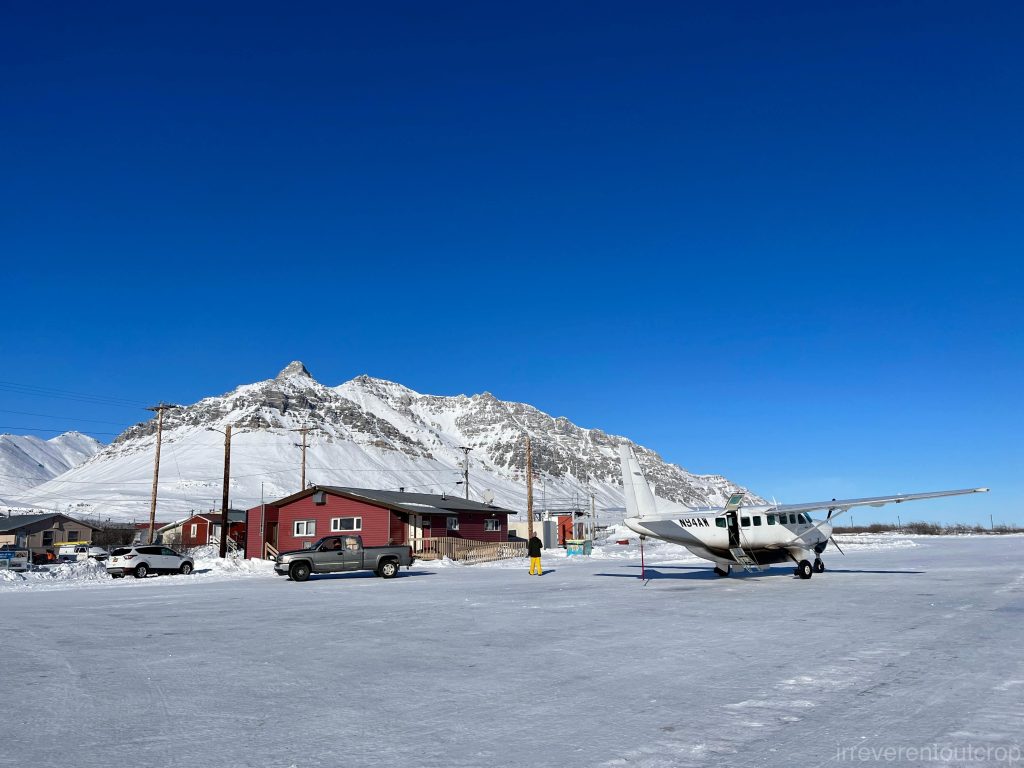
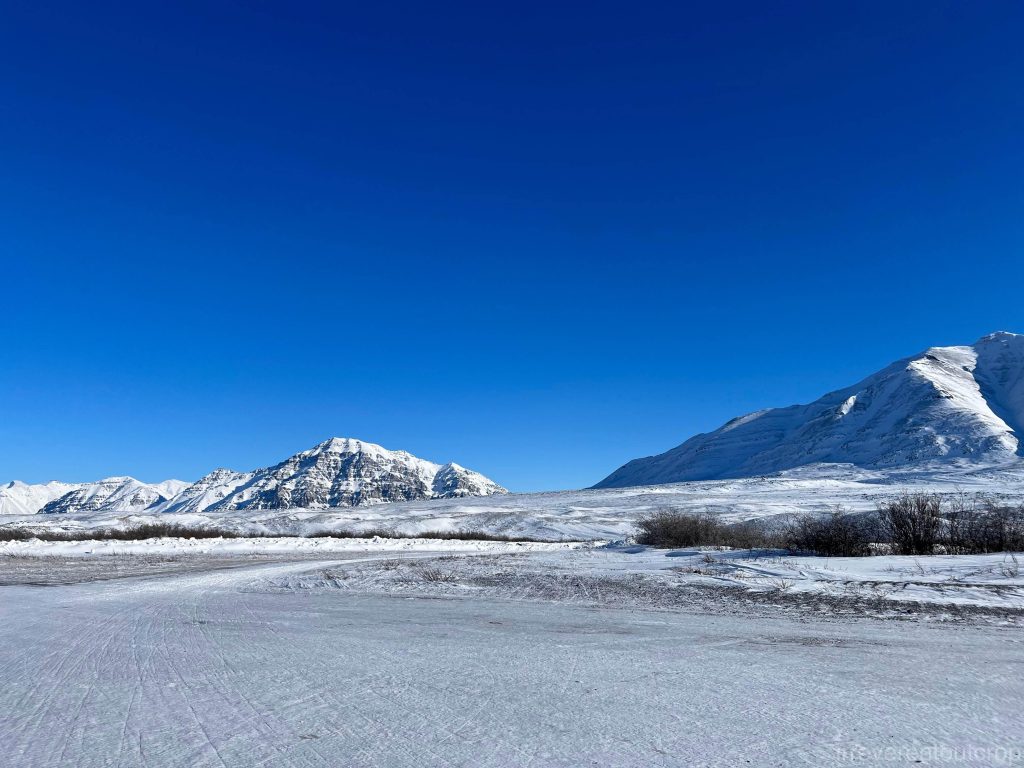
3. Anaktuvuk Pass to Fairbanks
Two workers who seemed to have just finished their shifts joined the group of passengers, still wearing their work clothes. They immediately dozed off as soon as they boarded the plane. The pilot checked the fuel, used the restroom, and then received a stack of letters from a local lady before announcing that we were ready to take off.
On the return flight, we went directly to Fairbanks without stopping at Bettles. We were also able to enjoy the view on the other side of the flight path. Using binoculars, we were able to see even more details. The surface rocks of the northern slopes are primarily Devonian to Carboniferous sedimentary rocks. Horizontal laminations—both unfolded and folded— can be found everywhere.
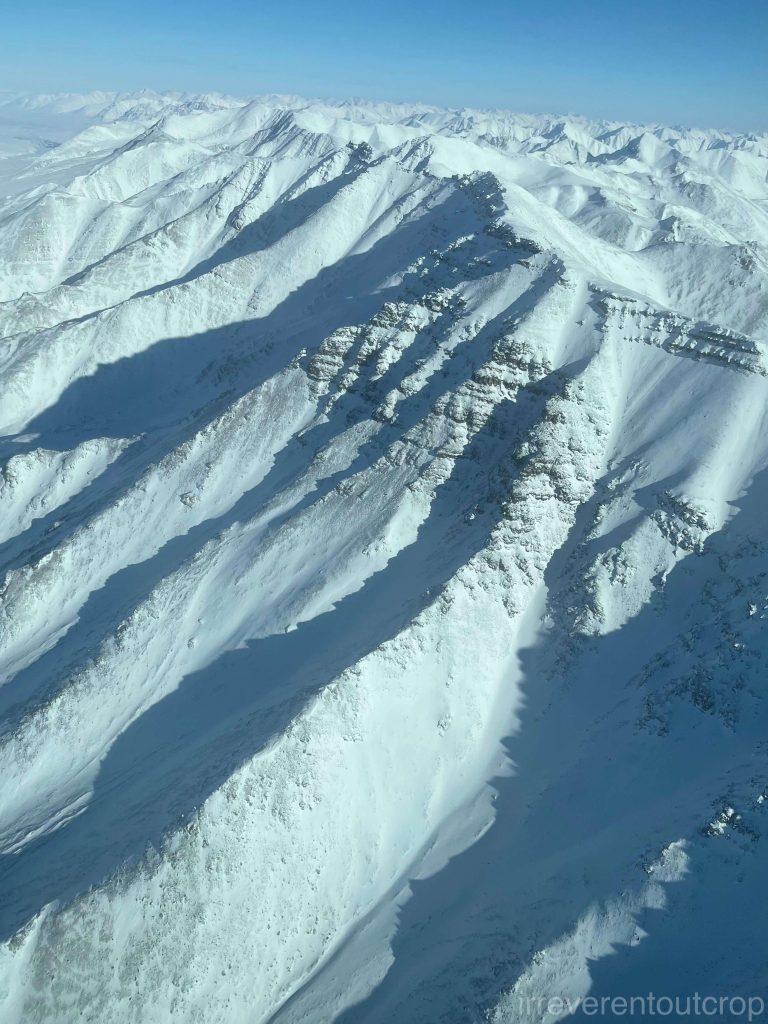
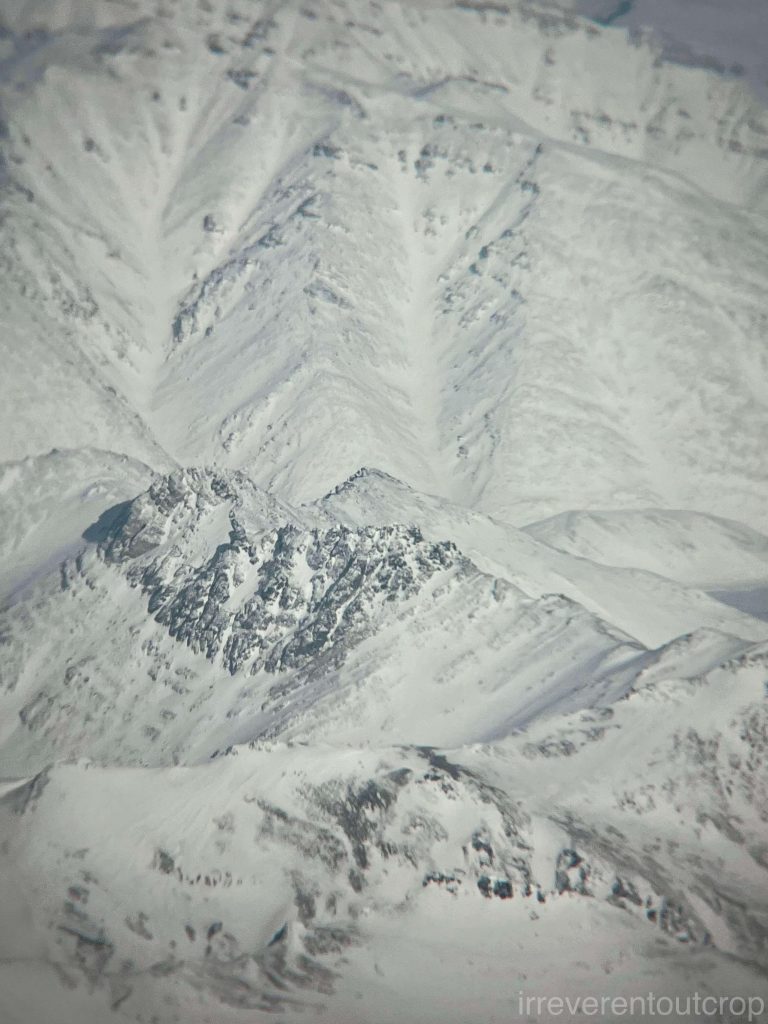
The southern slopes are dominated by a vast number of metamorphic rock mountains. Each peak appears especially sharp, stretching endlessly all the way to the horizon. I wonder what it would look like in the summer.
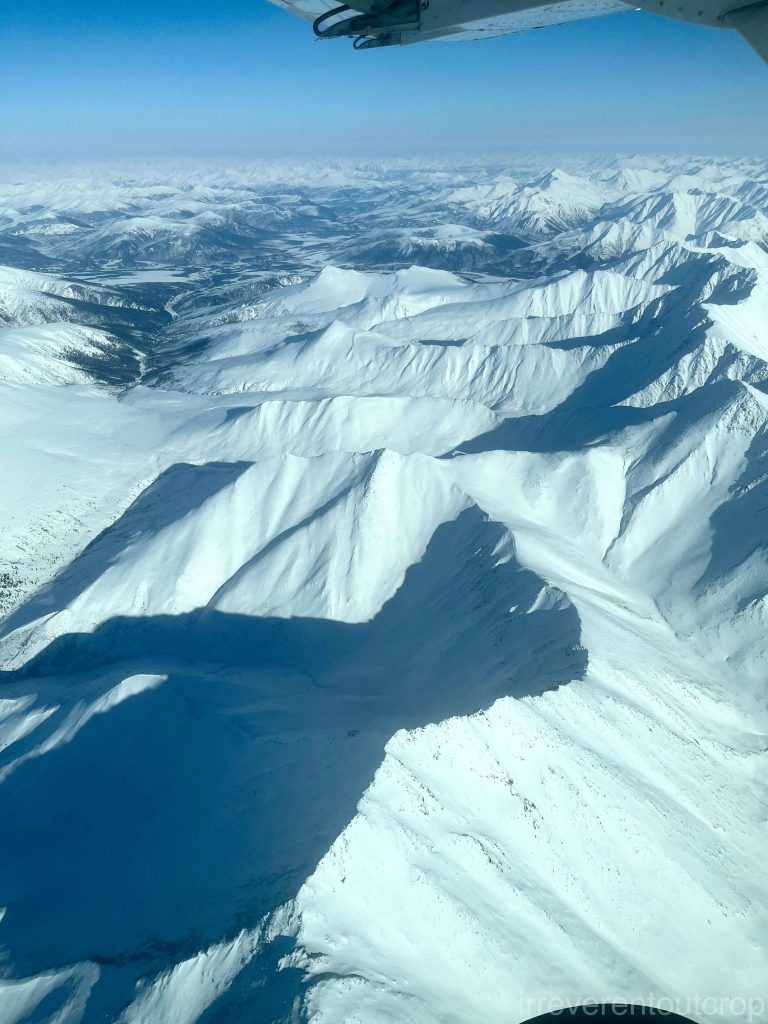
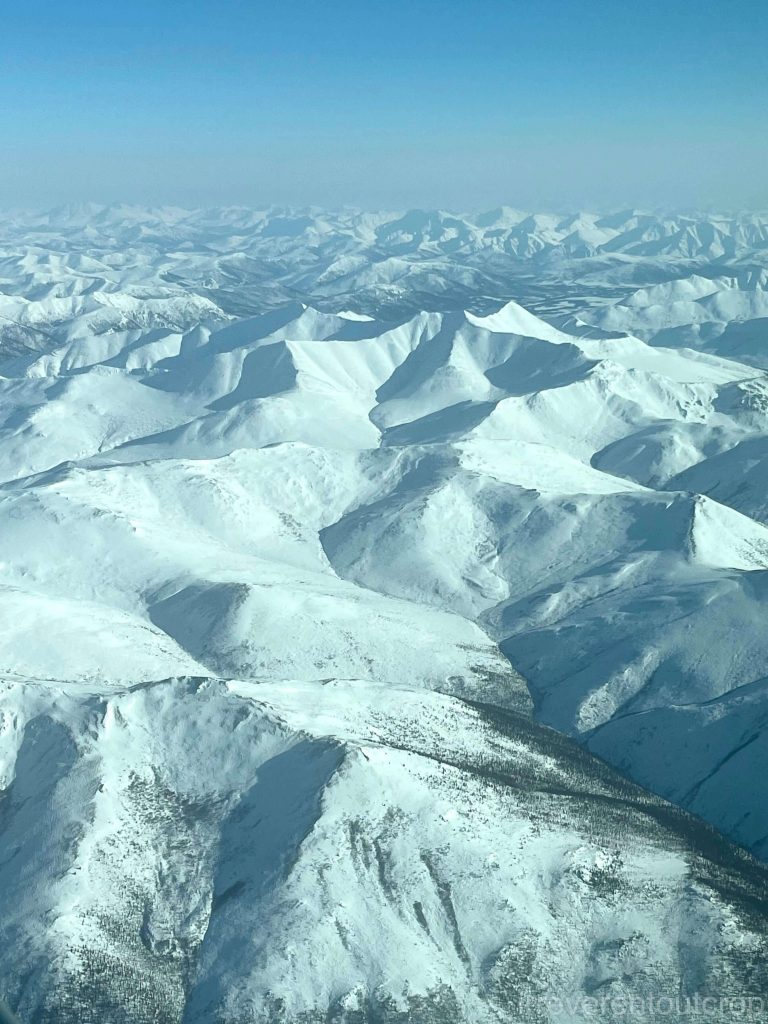
When crossing the Yukon River again, I caught a view of the upstream direction (east). The scenery here is very different from what we saw on the way in looking downstream. There are a lot more oxbow lakes here and heavily vegetated sandbars in the middle of the river.
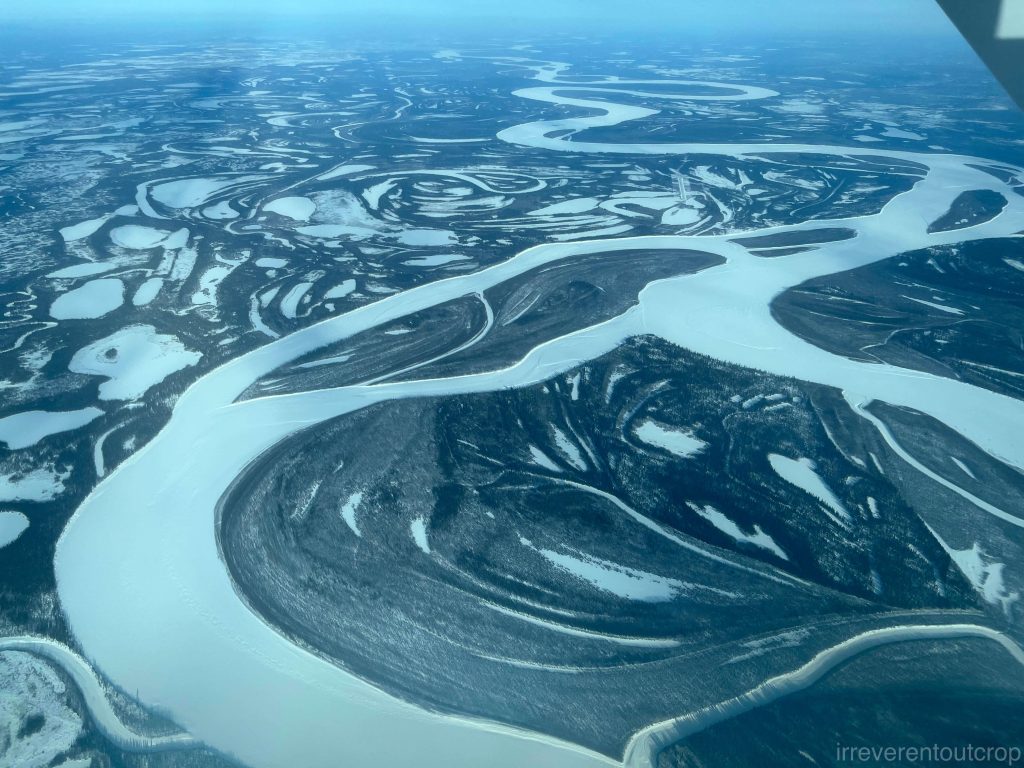
An oxbow lake forms when a meandering river erodes through the narrow neck of land between two bends, creating a shortcut. This leaves the original meander loop isolated from the main river flow, and as sediment seals off the ends, it transforms into a U-shaped lake.
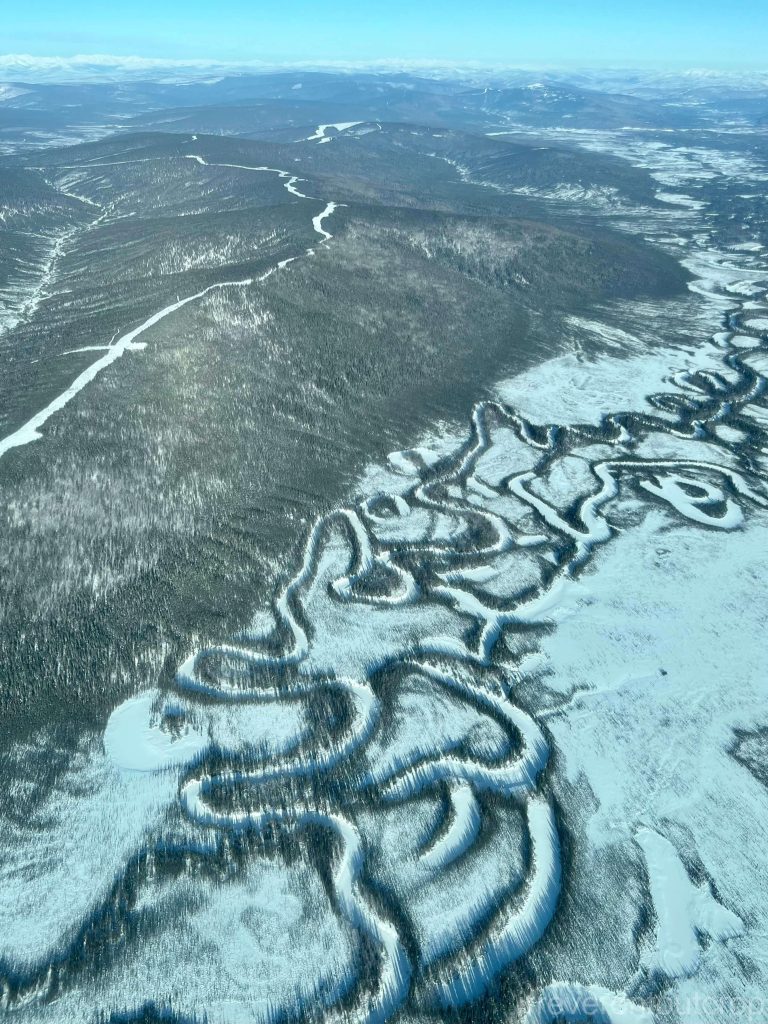
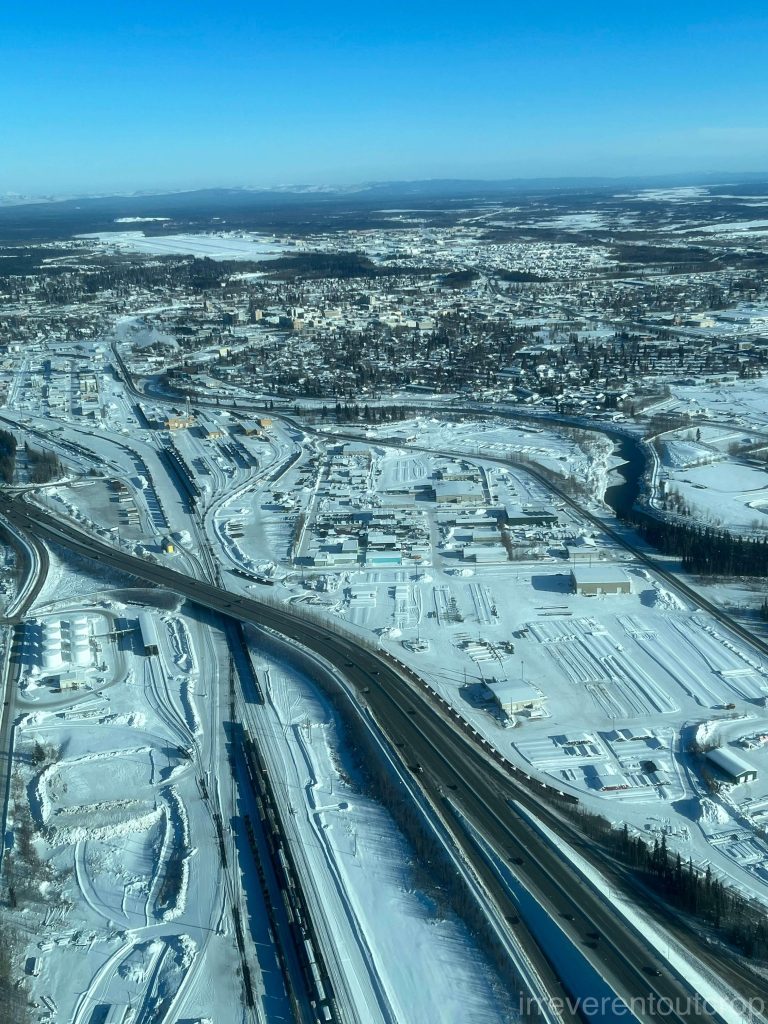
With that, our half-day tour of the Brooks Range came to a close. Back in Fairbanks, we were even treated to a stunning display of the Northern Lights that night!

